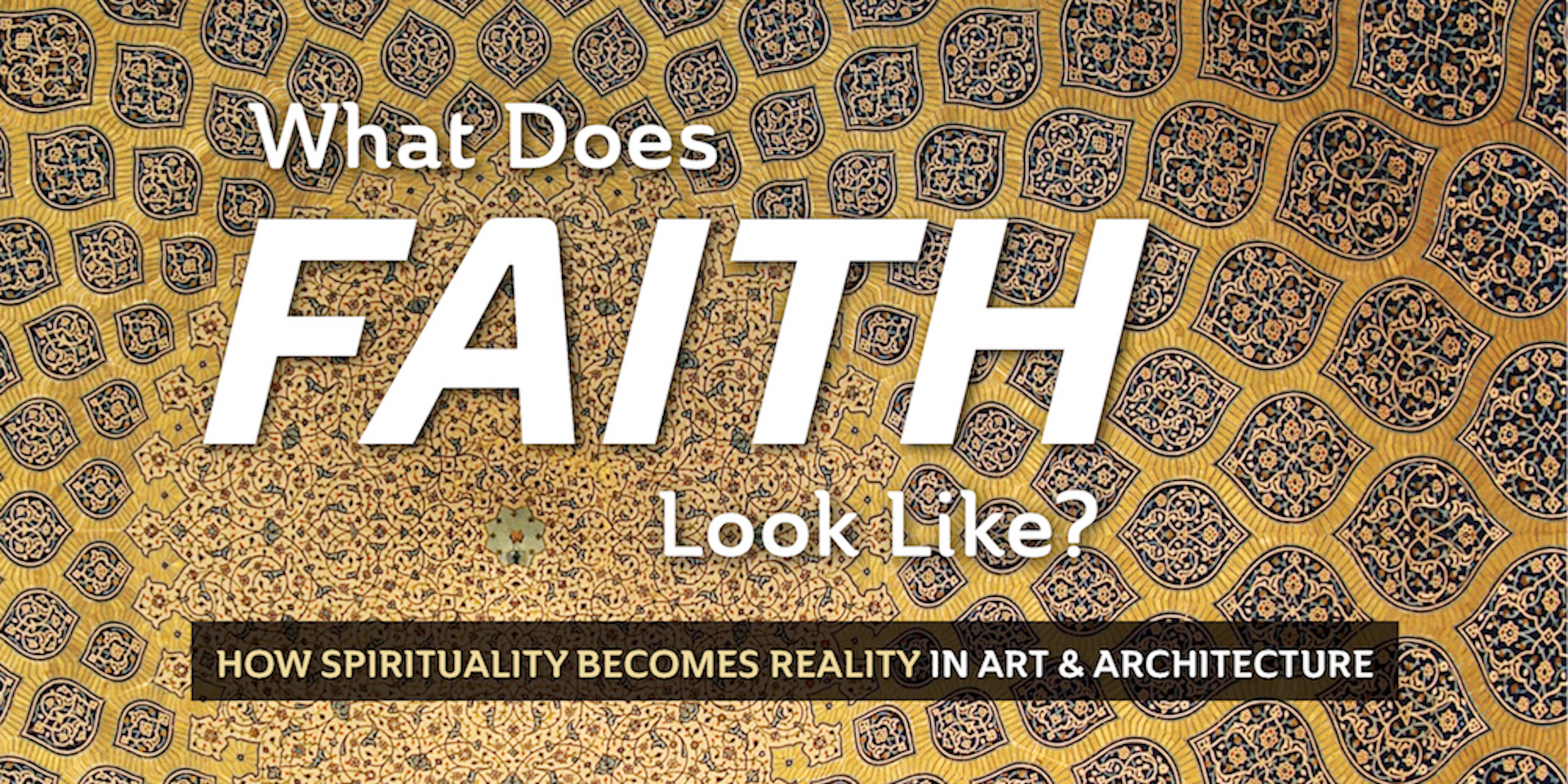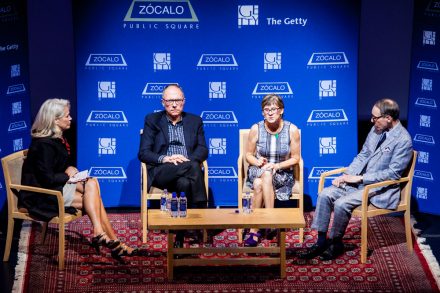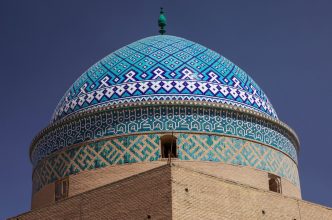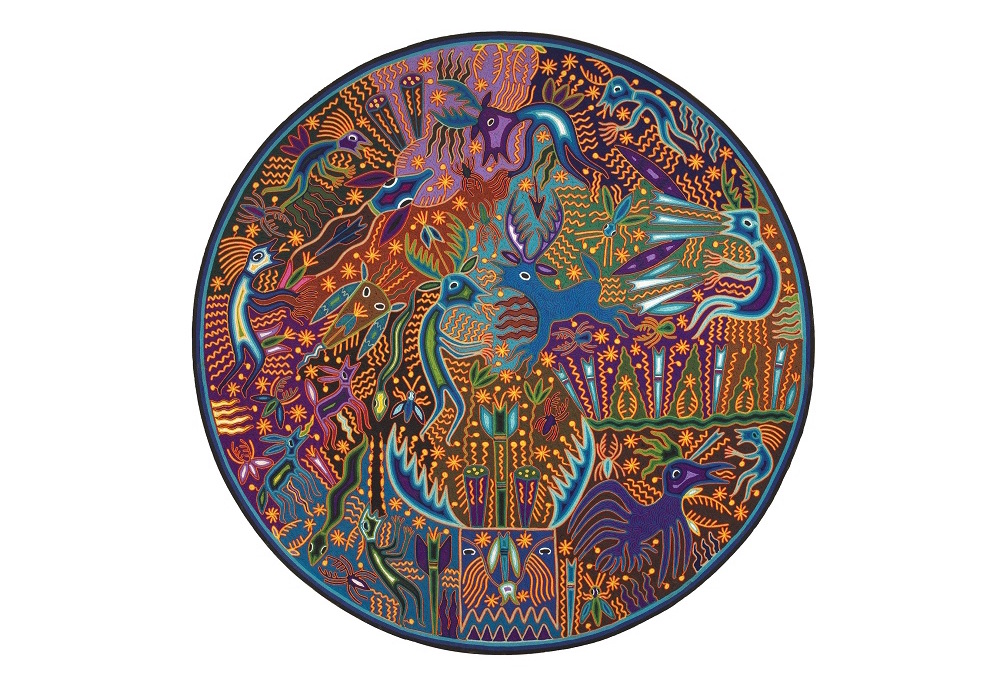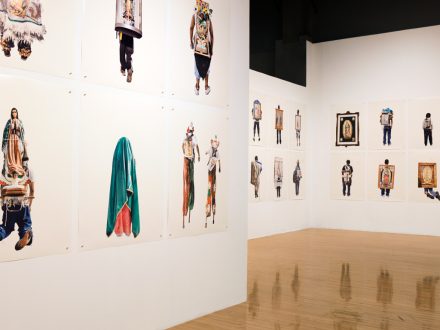Even Godless Hipsters Love the Stigmata
From Medieval Manuscripts to Burning Man, We Use Art to Get Closer to the Sacred
The yearning for intimacy with the sacred remains as potent today as it was in medieval days, when art was preoccupied almost entirely with depicting the divine. Last night’s spirited (pun intended), time-traveling Zócalo Public Square/Getty “Open Art” event at the Getty Center connected wide-ranging contemporary yearning (as evidenced by the success of the grilled cheese sandwich press, the recurring monthly apparitions of the Virgin Mary in the Mojave Desert, and the spiritual fervor at Burning Man) to the medieval art on display in the Getty’s exhibition Things Unseen: Vision, Belief, and Experience in Illuminated Manuscripts. …




